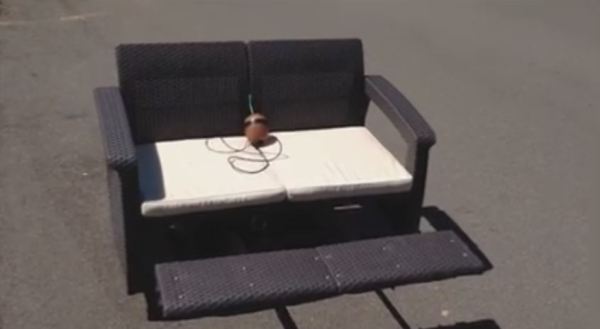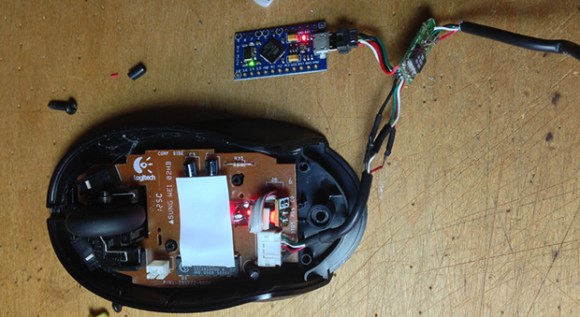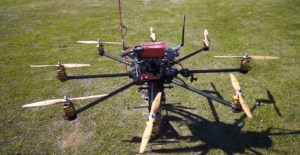
For the Raspberry Pi’s second birthday, the Raspi foundation gave us all a very cool gift. Broadcom released the full documentation for the graphics on one of their cellphone chips and offered up a $10k prize to the first person to port that code over to the graphics processor on the Pi and run Quake III. The prize has been claimed, forming the foundation for anyone wanting a completely documented video core on the Pi.
The person to claim this prize is one [Simon Hall], author of the DMA module that’s in the current Raspbian release. Even though Quake III already runs on the Pi, it does so with a closed source driver. [Simon]’s work opens up the VideoCore in the Pi to everyone, especially useful for anyone banging their heads against the limitations of the Pi platform.
You can get your hands on the new video drivers right now, simply by downloading and compiling all the sources. Be warned, though: recompiling everything takes around 12 hours. We’re expecting a Raspbian update soon.







 Buy an Xbox One controller and hack it immediately? That’s exactly what [tEEonE] did so he could
Buy an Xbox One controller and hack it immediately? That’s exactly what [tEEonE] did so he could 









